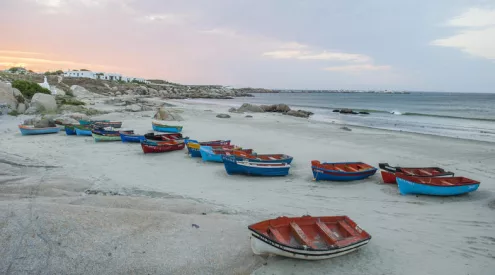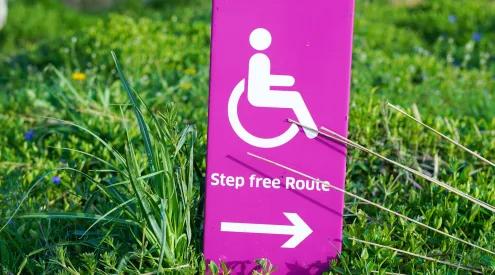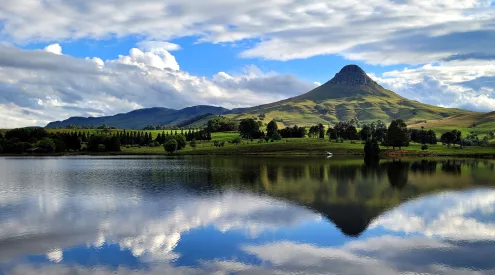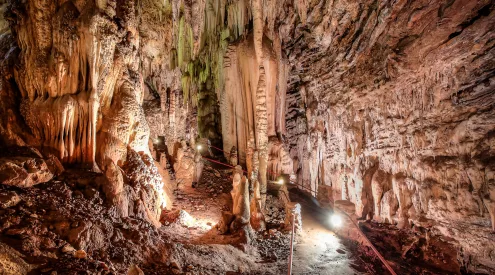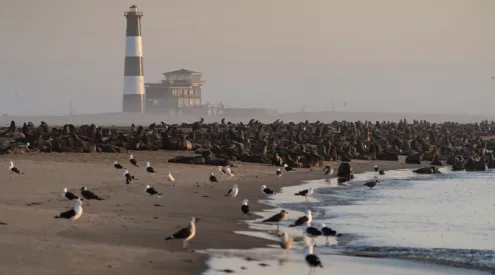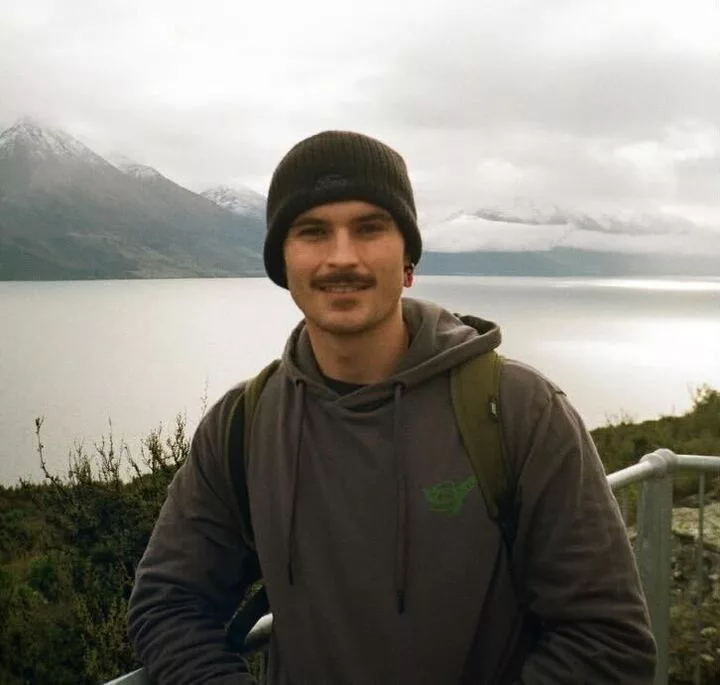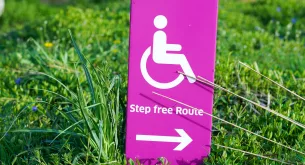The City of Cape Town is reassessing its fog harvesting initiative on Table Mountain. The project was initially launched to explore alternative water sources amid increasing drought conditions.
‘Day Zero’ may be a distant memory, but it made people aware of the Western province’s water supply challenges. On April 12, 2018, ‘Day Zero’ came to light, where most taps in Cape Town would have been switched off, and residents would have been forced to stand at water collection points for their 25 litres of water daily.
This term became a part of many Cape Town residents’ vocabulary when the province experienced what was believed to be the worst drought, which ultimately led to the 2017 and 2018 water crises.
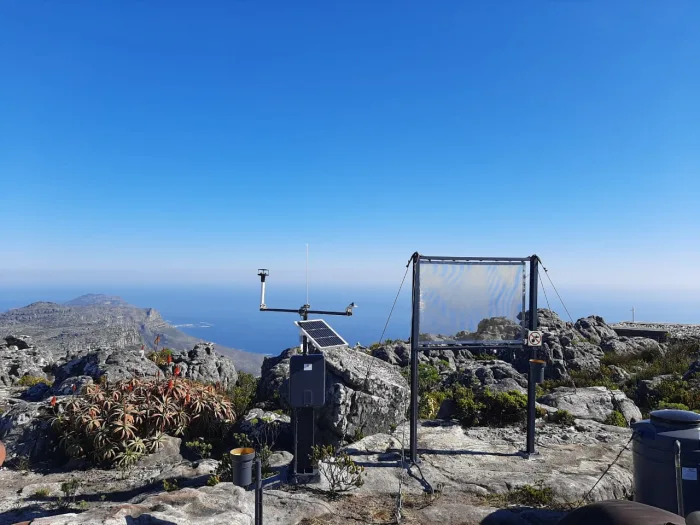
Picture/Campbell Scientific
Seven years later, the city revealed its plan for fog harvesting, which, in layman’s terms, means collecting fog water from the atmosphere.
The City explained that fog harvesting is based on air containing a certain amount of water vapour originating from ocean evaporation.
“Key ingredients to the favourable formation of fog are high altitude mountains (> 800m above sea level) within close proximity to the coastline,” as reported by IOL.
“The technique has been used for decades in dry and isolated regions, such as Chile, Peru, and Spain, though mostly managed by research/academic institutions as opposed to a municipal scale,” the City said.
“Various studies had been conducted on fog harvesting for domestic water supply purposes elsewhere. Most of the studies used a polymer mesh or shade cloth, kept upright by stainless steel poles, that collects droplets as the wind blows the fog through the mesh. Droplets then trickle into a collection chamber.”
ALSO READ: Our seals are suffering: the impact of plastic on marine life
Mayco Member for Water and Sanitation Zahid Badroodien confirmed that two sites were earmarked for the project. “Site 1 was decommissioned in 2023 due to low water yields and logistical communication challenges,” Badroodien said.
The City is currently reevaluating these factors to determine the overall viability of the project.
“The continuation of Site 2 will depend on the outcomes of this review, including the consistency of water yields and the practical feasibility of expanding the system,” he said, adding: “The City is actively investing in its New Water Programme to diversify its water sources and build a resilient supply to reduce our dependence on unpredictable rain-fed dams and navigate future climate change shocks… [It is] committed to investing annually in its water and sanitation infrastructure to ensure that our residents continue to benefit from reliable services,” said Badroodien.
The Mayco member also reiterated that Cape Town is set to invest in more infrastructure than Johannesburg and Durban, with a capital budget 91% larger than Joburg and 117% larger than eThekwini, respectively.
“Water and Sanitation represent 42% of our approximate R120 billion 10-year infrastructure pipeline, funding critical projects from our New Water Programme that will produce 300 million litres of drinking water daily by 2030,” he said, adding: “Unlike other metros, Cape Town is proactively securing its water future through innovative solutions that ensure resilience against climate change and population growth.”
Follow us on social media for more travel news, inspiration, and guides. You can also tag us to be featured.
TikTok | Instagram | Facebook | Twitter
ALSO READ: Gate quota system introduced at Kruger National Park for Easter



